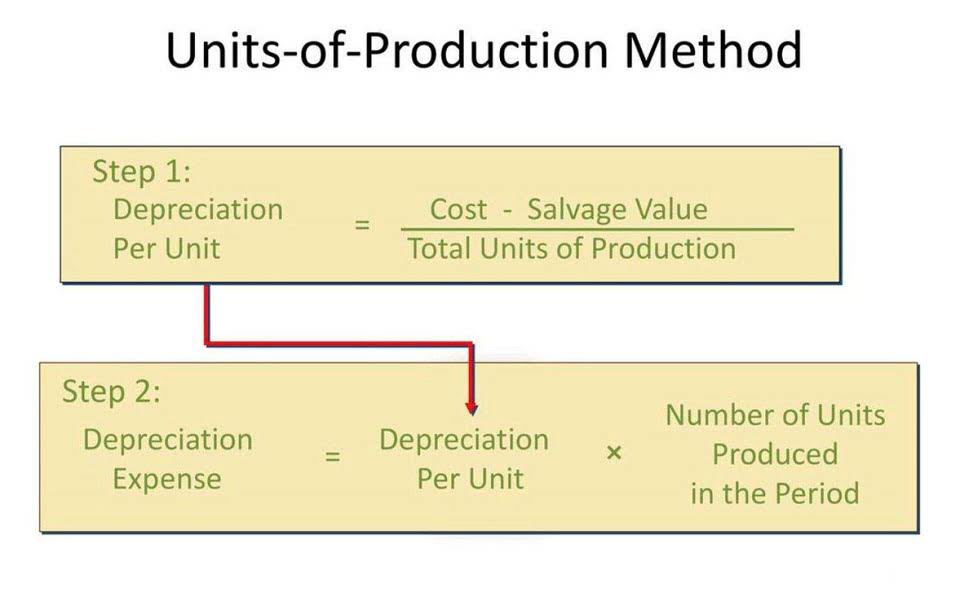
The Income Summary account has a credit balance of $10,240 (the revenue sum). Understanding the accounting cycle and preparing trial balances is a practice valued internationally. closing entries The Philippines Center for Entrepreneurship and the government of the Philippines hold regular seminars going over this cycle with small business owners.
By business model
Before creating your final report, generate a trial balance, and if things are not adding up, check your work and enter adjusting entries until you are ready to create the final financial statement. The four-step method described above works well because it provides a clear audit trail. For smaller businesses, it might make sense to bypass the income summary account and instead close temporary entries directly to the retained earnings account. The closing entries are also recorded so that the company’s retained earnings account shows any actual increase in revenues from the prior year and also shows any decreases from dividend payments and expenses. The closing journal entries example comprises of opening and closing balances.
Unit 4: Completion of the Accounting Cycle
- Alright, with a high-level understanding let’s dive into the 4-step close process.
- The eighth step in the accounting cycle is preparing closing entries, which includes journalizing and posting the entries to the ledger.
- Closing entries are crucial for maintaining accurate financial records.
- The balance in the Income Summary account equals the net income or loss for the period.
After these two entries, the revenue and expense accounts have zero balances. The first is to close all of the temporary accounts in order to start with zero balances for the next year. The second is to update the balance in Retained Earnings to agree to the Statement of Retained Earnings. An accounting period is any duration of time that’s covered by financial statements. It can be a calendar year for one business while another business might use a fiscal quarter. The retained earnings account is reduced by the amount paid out in dividends through a debit and the dividends expense is credited.

Make an Adjusted Trial Balance
- The information needed to prepare closing entries comes from the adjusted trial balance.
- Let’s move on to learn about how to record closing those temporary accounts.
- Closing all temporary accounts to the income summary account leaves an audit trail for accountants to follow.
- Closing journal entries are made at the end of an accounting period to prepare the accounting records for the next period.
- Note that by doing this, it is already deducted from Retained Earnings (a capital account), hence will not require a closing entry.
- This is done to distinguish between the performance of one accounting period and the next.
Accountants perform closing entries to return the revenue, expense, and drawing temporary account balances to zero in preparation for the new accounting period. Although it is not an income statement account, the dividend account is also a temporary account and needs a closing journal entry to zero the balance for the next accounting period. The first entry requires revenue accounts close to the Income Summary account. To get a zero balance in a revenue account, the entry will show a debit to revenues and a credit to Income Summary. Printing Plus has $140 of interest revenue and $10,100 of service revenue, each with a credit balance on the adjusted trial balance. The closing entry will debit both interest revenue and service revenue, and credit Income Summary.
Cash Flow Statement

Notice that the effect of this closing journal entry is to credit the retained earnings account with the amount of 1,400 representing the net income (revenue – expenses) of the business for the accounting period. To further clarify this concept, balances are closed to assure all revenues and expenses are recorded in the proper period and then start over the following period. The revenue and expense accounts should start at zero each period, because we are measuring how much revenue is earned and expenses incurred during the period. However, the cash balances, as well as the other balance sheet accounts, are carried over from the end of a current period to the beginning of the next period. We need to complete entries to update the balance in Retained Earnings so it reflects the balance on the Statement of Retained Earnings.
- It stores all of the closing information for revenues and expenses, resulting in a “summary” of income or loss for the period.
- On expanding the view of the opening trial balance snapshot, we can view them as temporary accounts, as can be seen in the snapshot below.
- This module automates the creation and management of journal entries, ensuring consistency and accuracy in your financial statements.
- To close expenses, we simply credit the expense accounts and debit Income Summary.
- For smaller businesses, it might make sense to bypass the income summary account and instead close temporary entries directly to the retained earnings account.
- In summary, permanent accounts hold balances that persist from one period to another.
- All of Paul’s revenue or income accounts are debited and credited to the income summary account.
- Your business will need to transfer the balances into the income summary account to close these revenue and expense accounts.
- Prepare the closing entries for Frasker Corp. using the adjusted trial balance provided.
- Closing entries prepare a company for the next accounting period by clearing any outstanding balances in certain accounts that should not transfer over to the next period.
Temporary accounts differ from permanent accounts, which do not need to be opened and closed each period as they show the ongoing financial position of a business. Temporary accounts can be found on the income statement, while permanent accounts are located on the balance sheet. Once all the adjusting entries are made the temporary accounts reflect the correct entries for revenue, expenses, and dividends for the accounting year.
Step 3 of 3

The process of using of the income summary account is shown in the diagram below. Printing Plus has a $4,665 credit balance in its Income Summary account before closing, so it will debit Income Summary and credit Retained Earnings. The income statement summarizes your income, as does income summary. If both summarize your income in the same period, then they must be equal. However, if the company also wanted to keep year-to-date information from month to month, a separate set of records could be kept as the company progresses through the remaining months in the year. For our purposes, assume that we are closing the books at the end of each month unless otherwise noted.

Embedded payments and Finance
Notice how only the balance in retained earnings has changed and it now matches what was reported as ending retained earnings in the statement of retained earnings and the balance sheet. Any account listed on the balance sheet is a permanent account, barring paid dividends. On the balance sheet, $75 of cash held today is still valued at $75 next year, even if it is not spent. Remember that all revenue, sales, income, and gain accounts are closed in this entry. To close that, we debit Service Revenue for the full amount and credit Income Summary for the same.
What Does It Mean to Close the Books?
Once adjusting entries have been made, closing entries are used to reset temporary accounts. If the total debits and credits in your trial balance are the same, you’re ready to produce a balance sheet and income statement (also known as a “profit and loss report” or “P&L”). These reports can be generated automatically in your accounting software. They offer an overview of a business’s financial position at the end of the applicable accounting period, whether that’s the previous month or year.